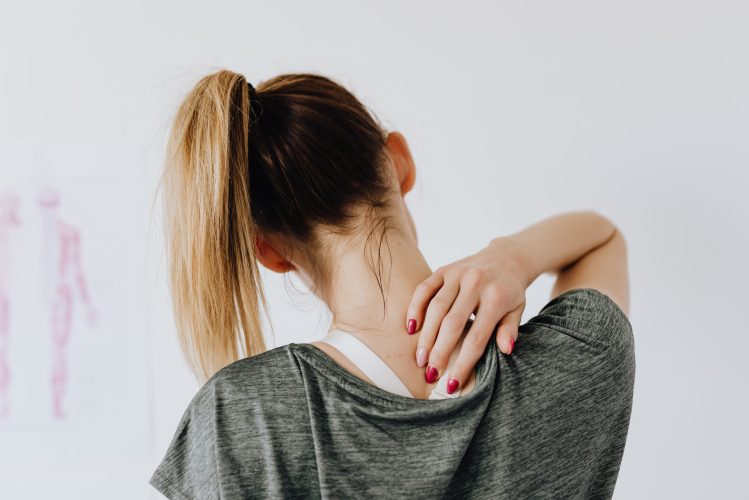When our feelings are hurt, we can sometimes experience it as an actual physical pain. Extending on one of the most popular episodes of my podcast, here’s more on what may be causing your aches and pains
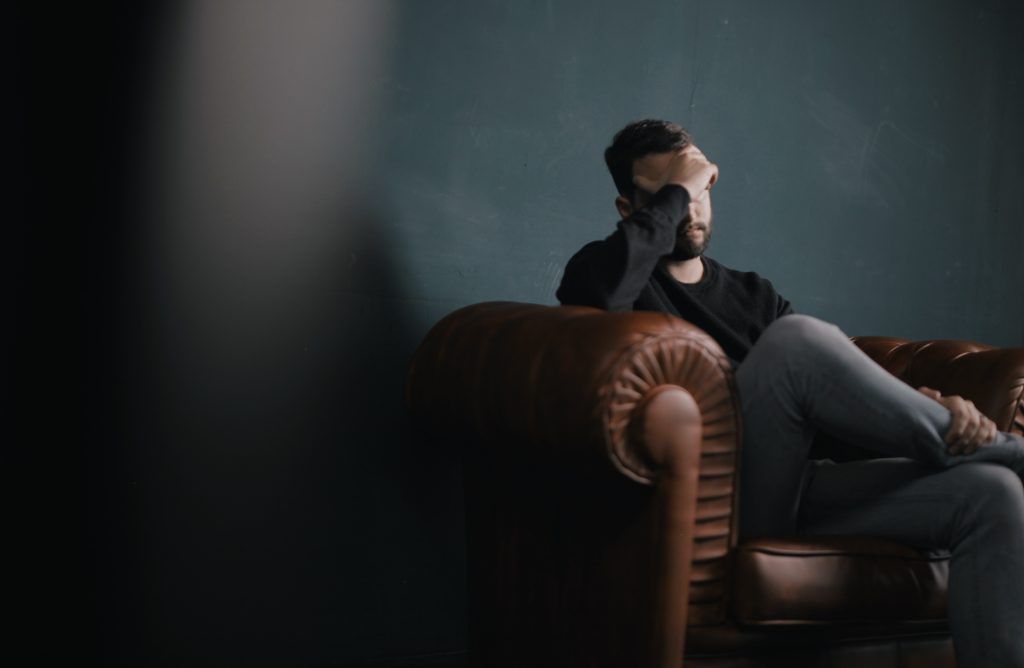
In the book, Social Pain: Neuropsychological and Health Implications of Loss and Exclusion, editors Geoff MacDonald and Laurie A Jensen-Campbell define social pain as the experience of pain that results from interpersonal rejection or loss, “such as rejection from a social group, bullying, or the loss of a loved one”. The editors explore how this works from various perspectives; they look at everything from evolutionary reasons to the neuroscience that’s behind it and even the biopsychosocial aspects of this pain. Indeed, there is now significant scientific evidence to show that social pain activates the same areas of the brain as physical pain. “Various studies have shown an interaction between social pain and physical pain, not only in behavioural performance but also in activities within shared neural regions,” as the authors of this paper at Tsinghua University Press put it. What’s more, the authors claim, “It seems that physical pain elicited by a noxious stimulus is typically short-lived, yet social pain may last longer.”
If you think back to any time when you’ve experienced emotional hurt or ‘social pain’ – what used to be known as ‘psychogenic pain’, a combination of two Greek words that meant ‘pain that comes from the mind’ – you’ll know this first hand. And whatever the cause of the hurt – whether it’s stress, rejection, failure, humiliation, heartbreak, or anything else – you must have, at one time or another in your life, experienced this as a physical sensation. Think of the time that stress brought on a headache, for example, or a romantic upset made your shoulders, stomach or heart – well, chest anyway – ache.
Interestingly, ‘social pain’, may not only be caused by events such as grief/loss, feeling excluded from social activities or being bullied (any attack on one’s self-esteem), it can also be triggered by empathy. “From an evolutionary standpoint, these pain responses protect the individual but also fortify social connectivity which protects the collective,” writes Christopher Bergland in Psychology Today.

On an individual level, pain could be the body’s way to highlight an emotion that you’re trying to avoid thinking about. “Usually, it's a thought that causes an emotion, and since we are always thinking, we tend to not recognise the thought,” says Sushma I R, internationally licensed, Heal Your Life coach, psychologist, and REB [Rational Emotive Behaviour] therapist. Pain, therefore, could help people to identify what they’re thinking and how that’s making them feel.
On an individual level, pain could be the body’s way to highlight an emotion that you’re trying to avoid thinking about. “Usually, it's a thought that causes an emotion, and since we are always thinking, we tend to not recognise the thought,” says Sushma I R, internationally licensed, Heal Your Life coach, psychologist, and REB [Rational Emotive Behaviour] therapist. Pain, therefore, could help people to identify what they’re thinking and how that’s making them feel.

The Heal Your Life methodology, which is one of the approaches Sushma I R uses to access her patients’ thinking patterns and pain points, is based on American motivational author Louise Hay’s best-selling book You Can Heal Your Life. Hay compiled a reference guide detailing the mental causes of physical ailments and hypothesised that positive thought patterns can help reverse illness and create good health. Now, it’s no secret that some people tend to have positive thought patterns, while others are more inclined to catastrophise. Conquering pain may thus require developing greater awareness of what we’re thinking and feeling and building better coping mechanisms.
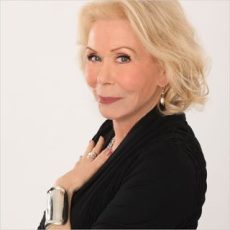
The Heal Your Life methodology, which is one of the approaches Sushma I R uses to access her patients’ thinking patterns and pain points, is based on American motivational author Louise Hay’s best-selling book You Can Heal Your Life. Hay compiled a reference guide detailing the mental causes of physical ailments and hypothesised that positive thought patterns can help reverse illness and create good health. Now, it’s no secret that some people tend to have positive thought patterns, while others are more inclined to catastrophise. Conquering pain may thus require developing greater awareness of what we’re thinking and feeling and building better coping mechanisms.

Upbringing and coping mechanisms

In my podcast, psychological astrologer, Arya Timblo points out, "Certain people have a pre-genetic disposition to over-exert themselves and to take out or experience stress in a certain way through their bodies." She suggests that this may, sometimes, be the result of being raised in an environment where they did not learn how to find healthy outlets [for stress]. Timblo believes that everything from an individual’s genetic makeup to their conditioning styles can impact how they process things.
In my podcast, psychological astrologer, Arya Timblo points out, "Certain people have a pre-genetic disposition to over-exert themselves and to take out or experience stress in a certain way through their bodies." She suggests that this may, sometimes, be the result of being raised in an environment where they did not learn how to find healthy outlets [for stress]. Timblo believes that everything from an individual’s genetic makeup to their conditioning styles can impact how they process things.

In the same episode of my podcast, you’ll hear Sushma, who is also the founder of ReFind You, say that, “Hereditary ailments, as per Louise’s [Hay] research, could come from observing as well.” It stands to reason that a person’s conditioning would play an important role in her or his life especially when it comes to how we approach/deal with successes and setbacks. As Timblo points out, when confronted by such situations, we tend to fall back on how we saw our caregivers deal with similar situations. In the episode, Timblo and Sushma offer numerous tips and techniques on how to cope in such situations.
Also listen to: Release emotional triggers and traumas with tips from psychologist Bushra Khan
But as a starting point, I’d like to offer a small part of Louise Hay’s directory to help you understand what ailments might represent. As you’ll hear me say on the episode, I refer to this list all the time and have found it to be a valuable resource on my personal healing journey. Some common associations Hay made:
1) Headaches
Self-criticism & Fear
2) Grey Hair
Stress, pressure, and strain
3) Dry Eyes
Being angry and spiteful
4) Runny Nose
A cry for help
5) Acne
Disliking yourself
6) Canker Sores
Blame
7) Neck (pain)
Unbending stubbornness
8) Rounded shoulders
Carrying the burdens of life
9) Arms
Anger at being denied love
10) Hands
Letting go
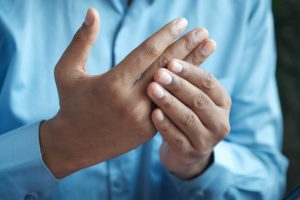
11) Nail Biting
Frustration
12) Cysts/ lumps in the breast
Putting everyone else first
13) Stomach
Fear of the new
14) Hips
Stubborn anger towards parents
15) Thighs
Unresolved childhood anger
16) Knee
Inability to give in
17) Foot problems
Fear of the future
18) Ingrown toenail
Worry and guilt over moving forward
19) Calluses
Fear solidified
20) Chills
A desire to retreat

This directory allows you to link your pain to the emotion that may be behind it. As Timblo says, “Our pain is the biggest gift as it gives us a message; and, it is always connected to our potential”. What she means is that stifled potential is often the cause of pain. By way of example, Timblo offers that someone who is unable to express herself for one reason or another may find that it is her throat that gets irritated.
The complex relationship between emotion and pain, thus, can impact one in more ways than one can imagine. This highlights the need for greater introspection in order to get to the bottom of what may be the real cause of pain.
